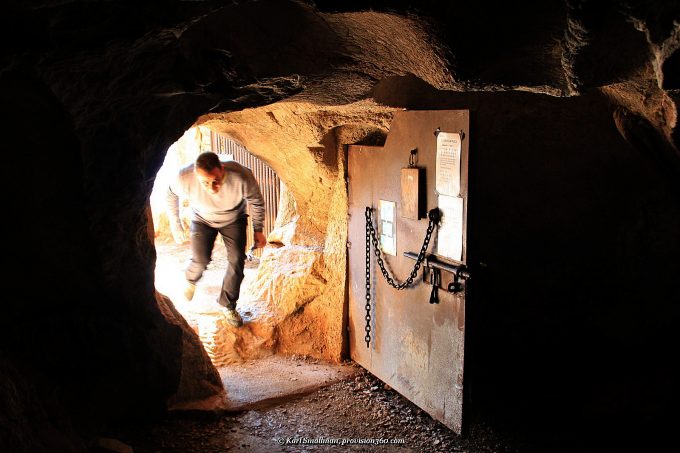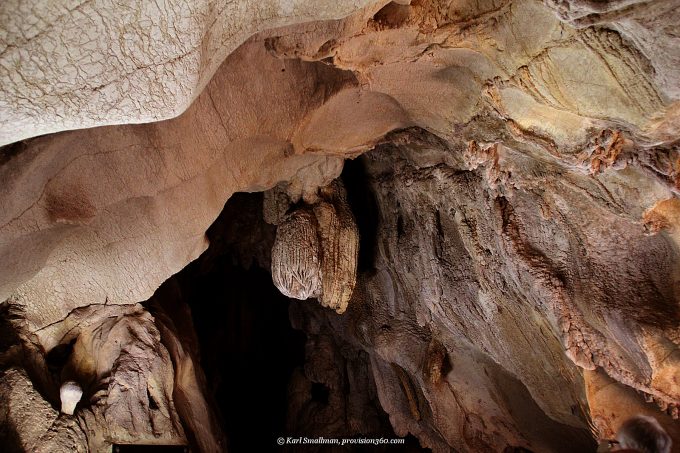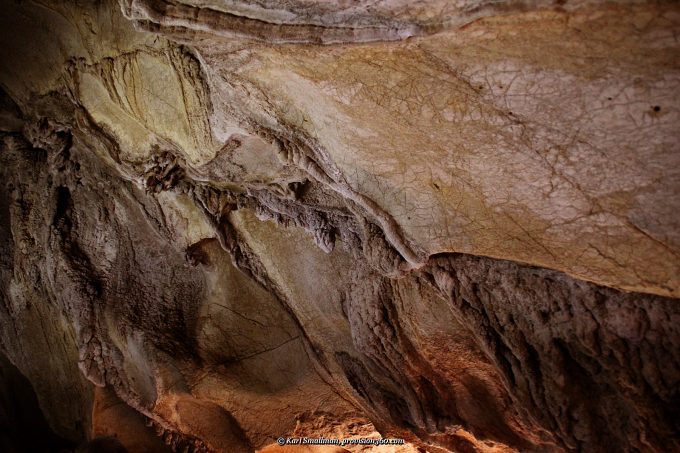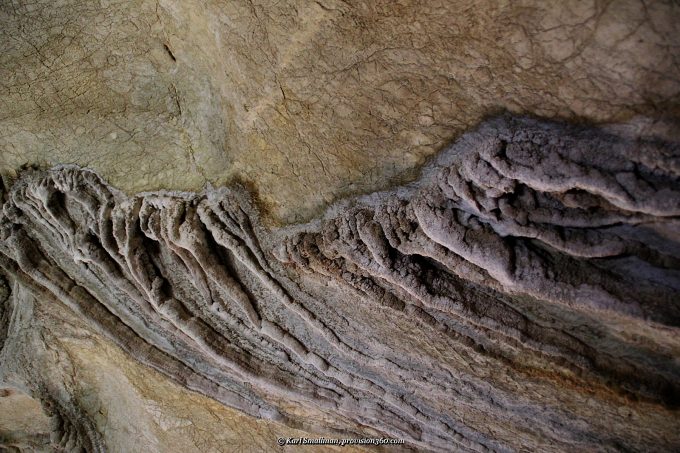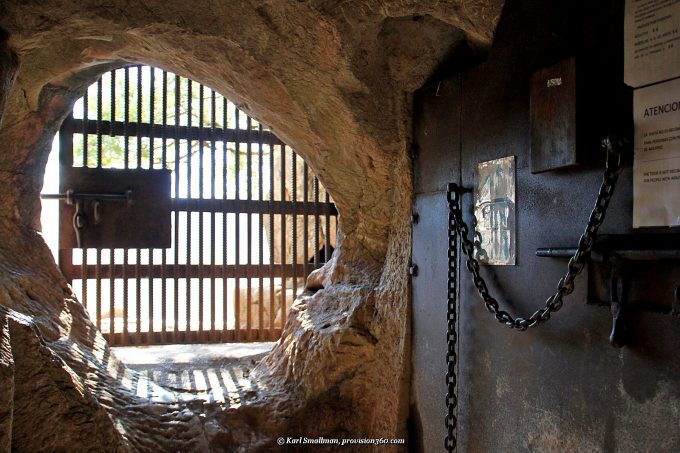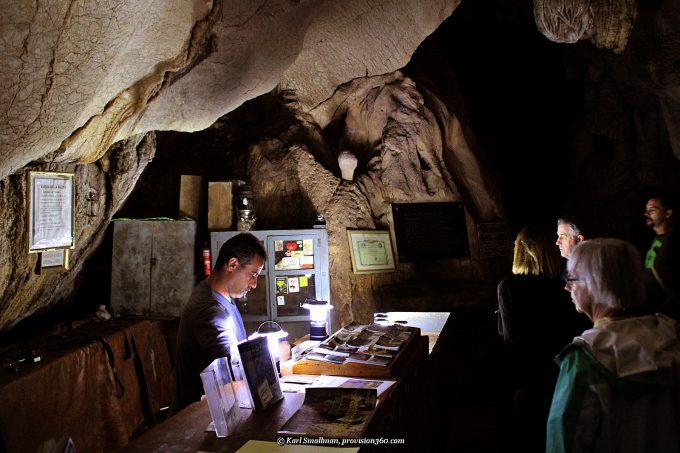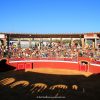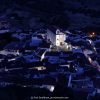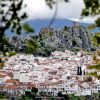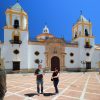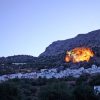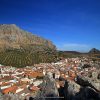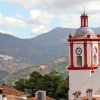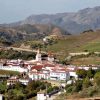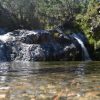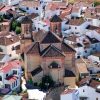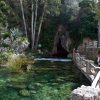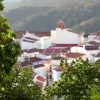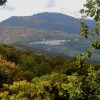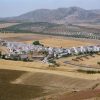The Cueva de la Pileta (Cave of the Pool in English) is in the province of Málaga (Spain) has cave paintings and was discovered in 1905.
The cave was discovered by a Spanish farmer called José Bullón in 1905 who was looking for bat guano around the original entrance in a place called the abyss of the bats. He had assumed that the cave markings were made by Moors. He had found human remains and markings on the walls.
It was investigated by Abbe Henri Breuil, a French Catholic priest, archaeologist, anthropologist, ethnologist and geologist, who had come to Spain because of Colonel Verner’s reporting of this important cave in Benaoján, near Ronda. Verner had himself lowered into the cave and later reported his findings which attracted international interest.
Breuil was able to identify nearly fifty drawings and some of these resembled symbols. He stayed for two months funded by the Prince of Monaco. The final scientific paper was also authored by Verner.
The son of the man who found the cave managed to find a better entrance in 1924 and that is the one used today. The same man made a discovery of an unknown chamber that gave access to galleries (Las Galerias Neuvas) which contained stalactites. These galleries linked up with known areas. A deep chasm is accessed down the longest of these galleries which is 350 metres long.[2]
A husband and wife team re-investigated the cave in 1978 including the newly discovered galleries. They were able to identify 134 paintings although those discovered by Breuil were now not identifiable. It has to be noted that there may be further Paleolithic paintings but many of the surfaces are now covered by flowstone. Dating of the larger paintings has estimated them to be over 20,000 years old.
The Cave is open all year round. Opening hours from 10:00 to 13:00h (last visit) and 16:00 to 18:00h (last visit). From October to March the last visit in the afternoon is at 17: 00h.
The visits are obligatorily with a guide (they speak some English) and last approximatly one hour. The maximum group size is 25, so if you come on a busy day you may have to wait for a place. When there are few visitors, scheduled hours are combined in order to help minimise the impact that the visit has on the Cave.
Admission:
Adults: 8 €
Children (5 to 10 years): 5 €
Reservations:
Groups of more than 15 people (but not more than 25) can make a reservation for the first visit (10.00h). Reservations cannot be made on weekends or public holidays or in summer. Tel: (34) 952 167 343.
Rules to access the cave:
- The use any kind of camera, camera equipment, video, flash is prohibited. As are spikes or sharp sticks, and anything else that could harm the cave. Mobile phones must be turned off before starting the visit, the radio waves can affect the bats.
- The cave temperature is 15ºC. It is advisable to wear shoes and clothing suitable for wet and slippery ground.
- Smoking is strictly prohibited, as well as any type of food or liquid. It is forbidden to touch the walls of the cave formations. It is strictly forbidden to leave any rubbish or other material inside the cave.
- You should rigorously and strictly follow the instructions given by the staff of the cave. Any violation or breach of the rules empowers the staff to cancel the visit.
- It is advisable not to enter the cave with children under 11 years of age. The responsibility, if you come with children, is of the parents or the guardian of the minors.
- It is recommended that people with heart problems and limited mobility do not to enter the cave.
Know more:
The stairway that climbs from the parking to the cave has 101 steps and the visitor route in the cave has 243 steps.

